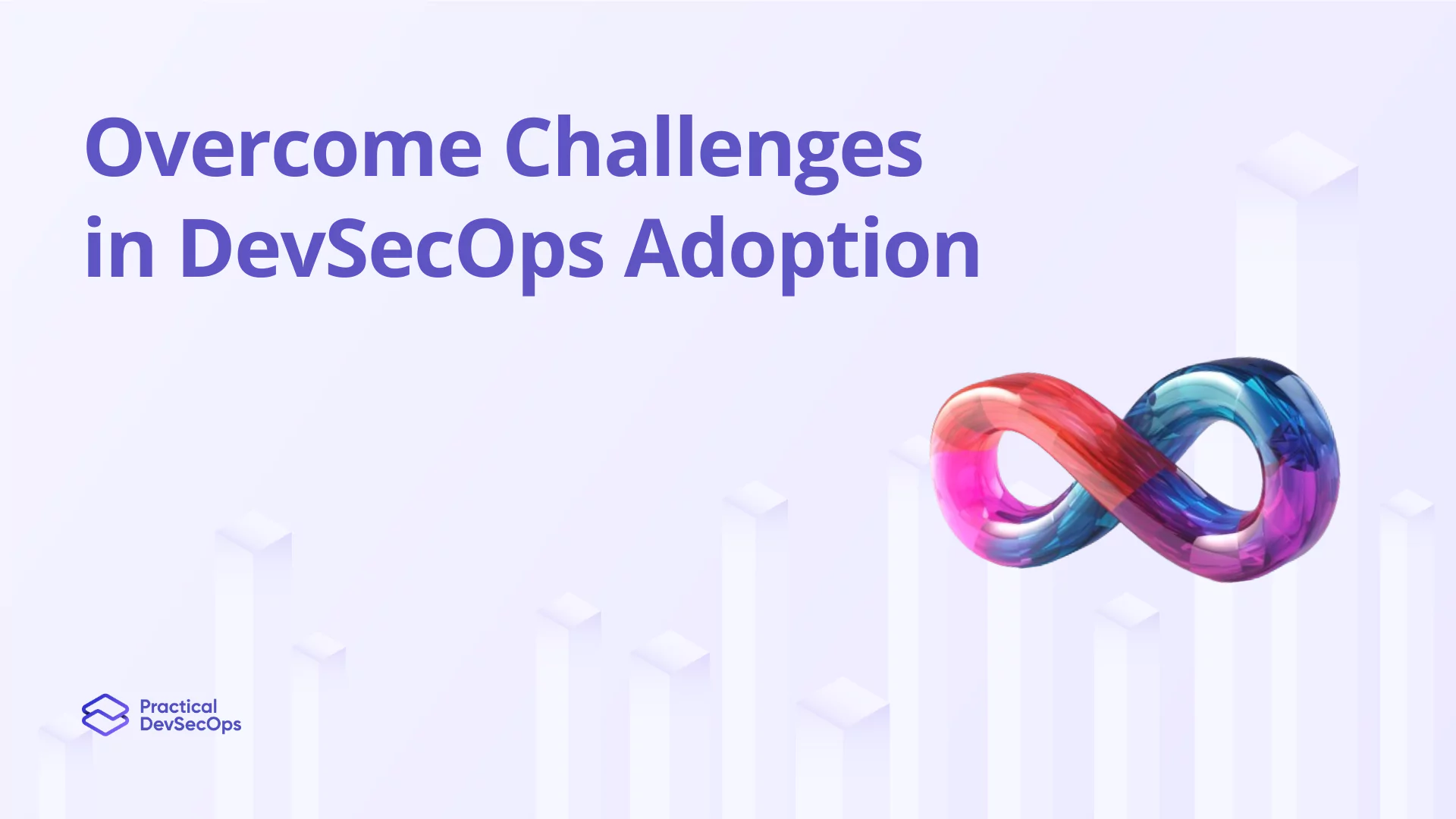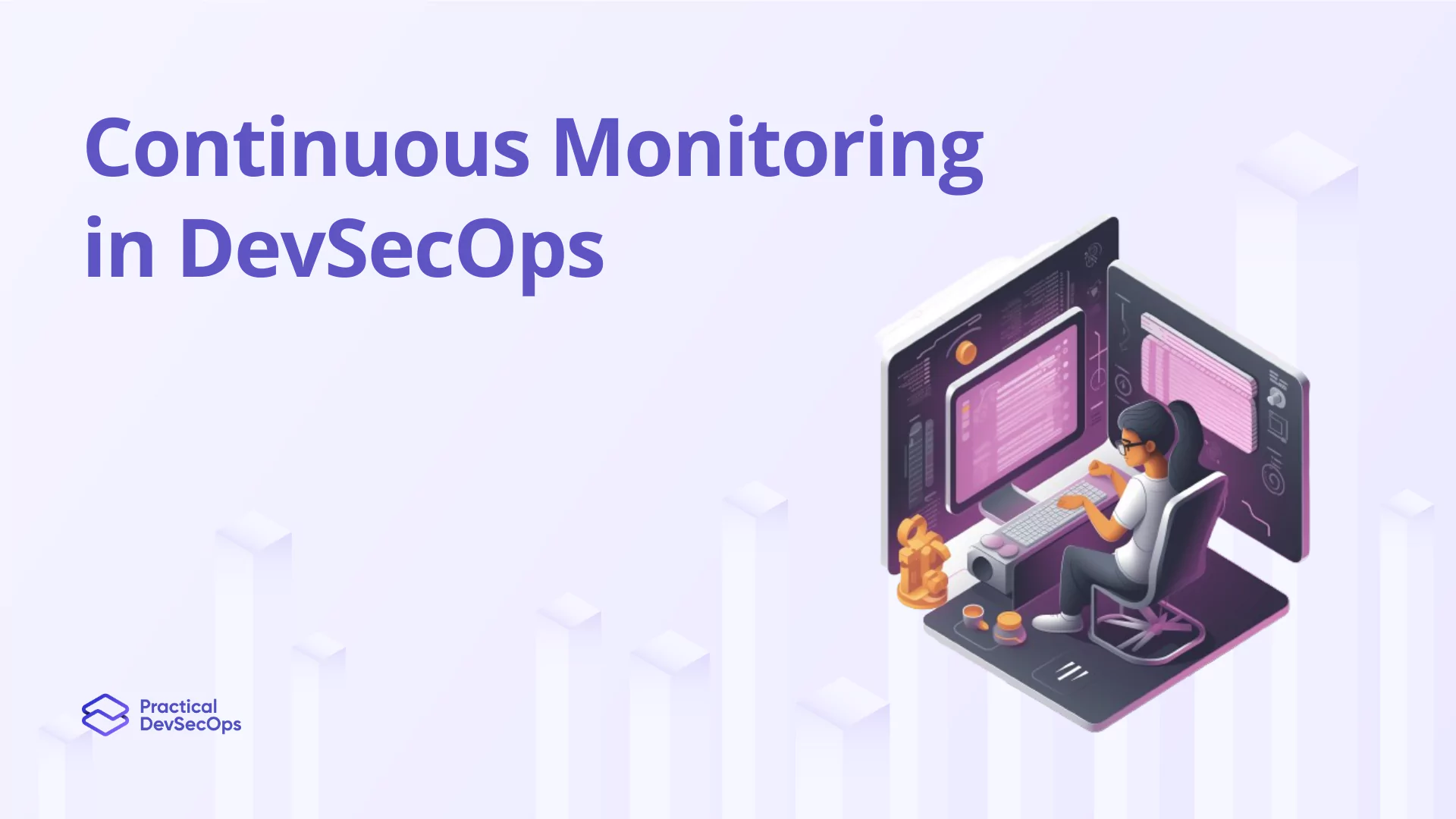In this article, we will explore the seamless integration of STRIDE threat modeling with DevOps. By combining these two powerful approaches, you can strengthen your application security while keeping up with the lightning-fast pace of modern software development. In this article, we’ll delve into how STRIDE threat modeling fits into the DevOps pipeline and why it’s a match made in cybersecurity heaven.
Understanding the STRIDE Threat Model
Before we dive into the integration, let’s quickly recap what STRIDE threat modeling is all about. STRIDE is an acronym representing six different threat categories that can be used to analyze potential risks in software systems:
- Spoofing Identity
- Tampering with Data
- Repudiation
- Information Disclosure
- Denial of Service
- Elevation of Privilege
By systematically considering these threat categories, security geeks can identify vulnerabilities and anticipate potential attacks at an early stage of the development process.
Also Read, Comprehensive Guide on STRIDE Threat Model
Integrating STRIDE Threat Model With DevOps
DevOps is all about streamlining software development and deployment. But what about security? Here’s how you can integrate STRIDE threat modeling into your DevOps workflow effectively:
1. Early Integration
As the saying goes, “the earlier, the better.” Integrate STRIDE threat modeling into the early stages of development, such as during the design phase. By addressing potential vulnerabilities from the get-go, you can save time and resources spent on fixing issues in later stages.
2. Collaborative Approach
DevOps promotes collaboration, and threat modeling is no exception. Involve various stakeholders, such as developers, security experts, and operations teams, in the threat modeling process. This collaborative effort ensures a shared understanding of potential risks and facilitates the implementation of suitable security controls.
Also Read, How to Improve Your Analytics Thinking in Threat Modeling
3. Automated Tools and Scripts
DevOps thrives on automation, and the same principle applies to threat modeling. Leverage automated tools and scripts to streamline and simplify the threat modeling process. These tools can help identify vulnerabilities, generate reports, and integrate seamlessly into your DevOps pipeline.
Also Read, Types of Threat Modeling Methodology
4. Continuous Monitoring
In the DevOps world, continuous monitoring is key, and it’s no different when it comes to security. Implement continuous monitoring mechanisms to detect and address new threats as your application evolves. Regularly reassess your threat model to account for changes in the software or infrastructure.
Also Read, Threat Modeling vs Penetration Testing
Real-World Example: STRIDE and DevOps in Action
Let’s bring STRIDE threat modeling and DevOps to life with a real-world example. Imagine you’re developing a highly scalable e-commerce application. By incorporating STRIDE threat modeling into your DevOps pipeline, you can:
- Identify potential spoofing risks when users log in and tampering vulnerabilities when handling sensitive customer data.
- Mitigate risks associated with repudiation, ensuring that transactions and user actions are logged and non-repudiable.
- Address information disclosure threats by implementing strong access controls and encryption mechanisms for customer data.
- Protect against denial of service attacks by leveraging auto-scaling and load balancing capabilities.
- Prevent elevation of privilege by implementing robust role-based access controls throughout the application.
By integrating STRIDE threat modeling into DevOps, you can secure your e-commerce application while efficiently delivering new features and updates at a rapid pace.
Also Read, Threat Modeling Best Practices
Conclusion
Embrace the power of STRIDE threat modeling and DevOps, fellow geeks! The seamless integration of these practices allows for enhanced application security without sacrificing speed and efficiency. By incorporating threat modeling early on, collaborating across teams, leveraging automation, and ensuring continuous monitoring, you can build secure and resilient software that stands up to the ever-evolving threat landscape.
Upskill in Threat Modeling






0 Comments